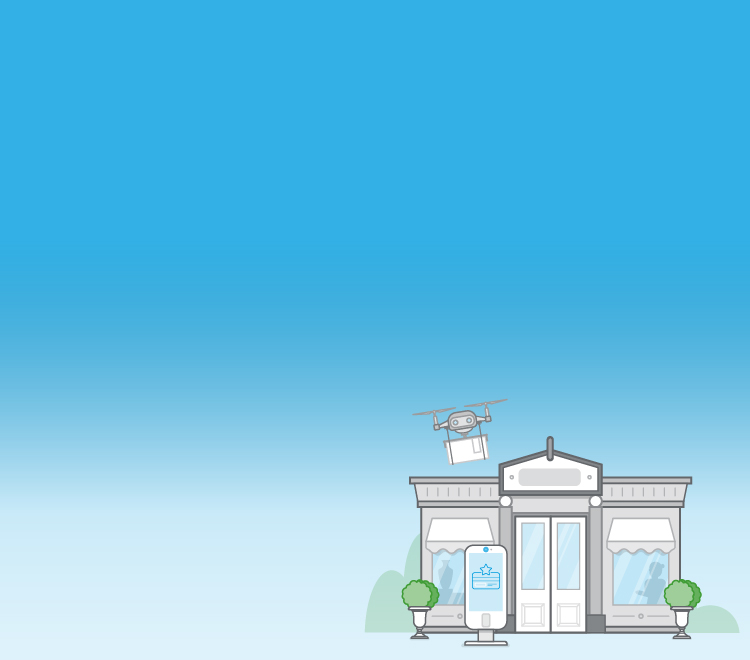09 January 2022
Our recent retail survey has found that retailers are facing a new priority – ensuring the more flexible and faster delivery of goods bought online.
Even before the pandemic, the convenience of ecommerce meant customers were willing to forgive the odd delivery glitch. Now that deliveries are an ‘essential service’, however, these issues are a source of real reputational damage. A single customer with internet access can share supply problems with wide audiences in real time.
This leads to the next challenge: How to deal with customer complaints? It’s often more cost effective to not handle returns, yet being known for giving products away, or an unreliable delivery service, can strip value from even the most prestigious name
What's in store? retail report
Our 2021 survey of the UK retail market, What’s in store? found more than a few surprises. Click to access the full report.
5 ways to ensure an excellent service
In the online world, what can retailers do to protect their brands from being marked ‘return to sender’? Their key differentiators will be price, quality, availability, and delivery accuracy:
![]()
1. Price Think of pricing as now also being a tool for building brand awareness. Google search results already list products by price.
![]()
2. Quality Customers need to trust that what they’ll receive matches the expectations set by your e-store, and by your reputation.
![]()
3. Availability Becoming known for selling goods that are not yet available (vapourware) has killed off several online tech retailers. You can sell only what you can deliver to your customer.
![]()
4. Delivery This is often the only part of the sales process that retailers outsource completely. It therefore needs careful attention:
- Pick your delivery contractor carefully. We all have horror stories about consistently poor performers in this area, so choosing to use the cheapest delivery contractor without considering their reputation and how it will affect yours is no longer an option. Renegotiate your contract at the first break if you didn’t put robust performance management clauses into it the first time around.
- It could be cheaper in the long run to pay more for a delivery service if you can shift the risk of missed deliveries onto your supply chain partner, where they belong. The cost of delivery errors is easy to account for in lost goods and wasted diesel, but the damage to your brand can be incalculable.
- That said, customers do not buy from delivery drivers. Customer relations are still the retailer’s responsibility. ‘WISMOs’ (Where IS My Order?) queries account for the bulk of post-purchase communication and should be handled by retailers, not hauliers. Modern technology lets you control this information, so you can (and should) advise your customer if you know that a delivery will run late.
These four key considerations are underpinned by a fifth:
![]()
5. Technology Use the latest technology and never stop upgrading it. Spend as much time on perfecting the fulfilment part of your business as you do on your product range and its aesthetics.
Look specifically at:
- radio frequency identification warehouse management systems and real-time tracking technologies;
- AI-powered logistics software and forecasting tools; and
- collaborative, integrated partnerships with high quality providers.



